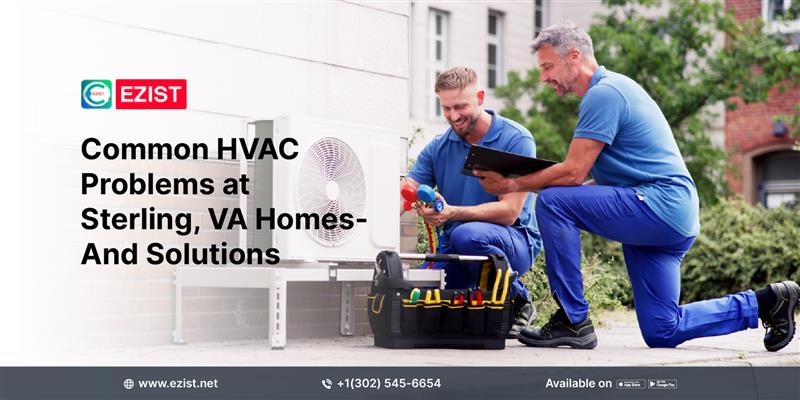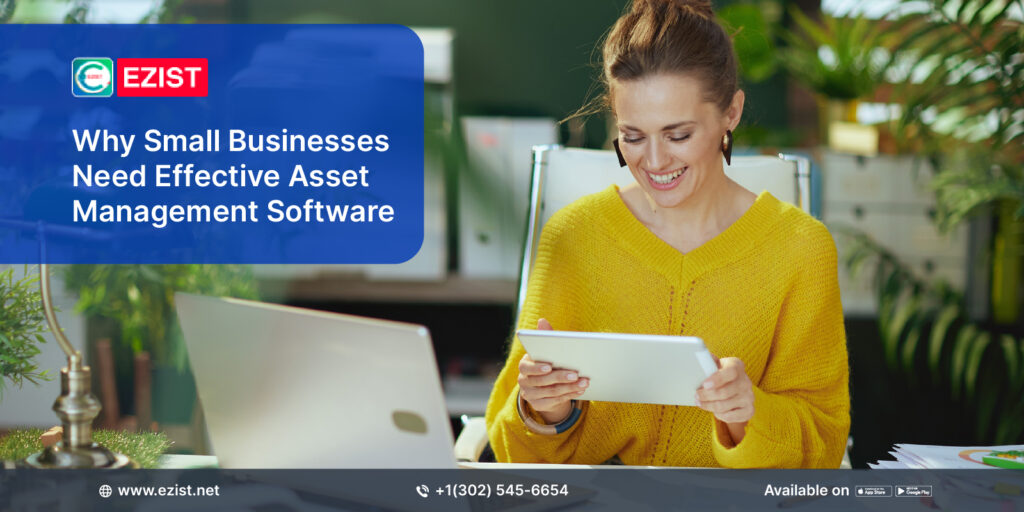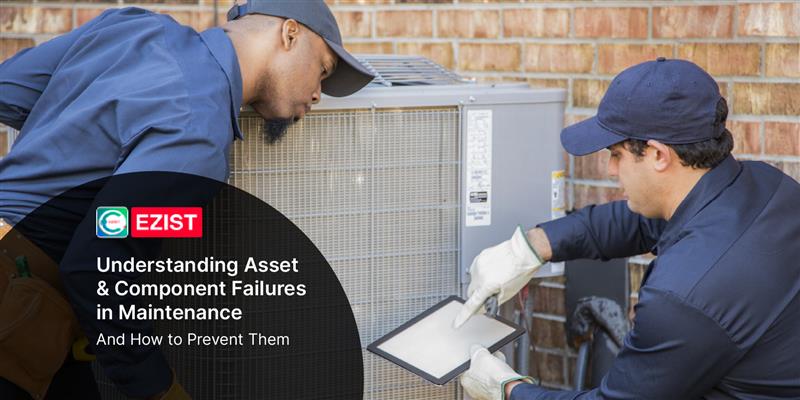In 2026, small businesses require more than spreadsheets and sticky notes to effectively manage their assets. Whether it’s devices, tools, vehicles, or inventory, you need a smarter system. Asset tracking software provides you with the visibility and control needed, helping you reduce losses, optimize utilization, and make more informed decisions.
In this post, we’ll explain what makes a top asset tracking software, what trends are shaping 2026, and why Ezist is designed to fit small business needs.
When you evaluate asset tracking software for your small business, be sure it supports:
Feature | Why It Matters |
Real‑time location tracking (GPS / BLE / RFID) | Know immediately where an asset is |
Condition & usage monitoring / IoT integration | Go beyond location — track temperature, vibrations, runtime, etc. |
Mobile app + offline support | Field teams can update from the job site, even with poor connectivity |
Alerts & notifications | Get warnings when assets move, usage thresholds are exceeded, and maintenance is due |
Reporting & analytics | Dashboards to help you see trends, utilization, and ROI |
Integrations (ERP, accounting, work-order systems) | Your tracking should plug into your existing systems |
User roles & permissions | Control who sees/edits what |
Scalable pricing / modular design | Pay for what you need now, but expand later |
These features aren’t just nice to have; they’re essential for 2026 readiness.
To stay ahead, small businesses should watch these trends:
At ezist.net, we’ve designed our asset tracking features with small business realities in mind:
To see how ezist.net can help your business, try creating a service request now:
Create Service Request
Q: What is asset tracking software?
A: It’s a system (software + tags/sensors) that monitors physical assets’ location, status, usage, warranty, and history over time.
Q: How is it different from inventory software?
A: Inventory software often tracks stock levels and supply. Asset tracking focuses on durable goods, tools, machines, vehicles — things that move, wear, or depreciate.
Q: Do I need hardware like RFID or GPS devices?
A: Yes, for real‑time tracking. Depending on your use case, you may use RFID tags, BLE beacons, GPS units, or IoT sensors.
Q: Will I need a large budget to start?
A: Not necessarily. Many modern solutions allow modular adoption (start with core features, add sensors or integrations later) and subscription pricing.
Q: Can asset tracking software help with maintenance?
A: Absolutely. You can trigger maintenance based on usage thresholds, condition alerts, or scheduled intervals, reducing downtime.




